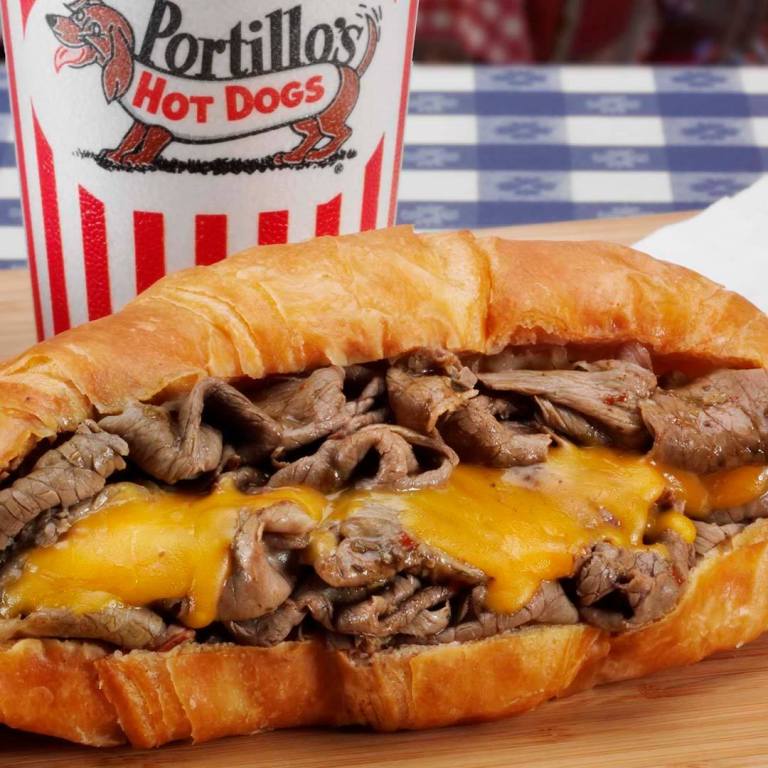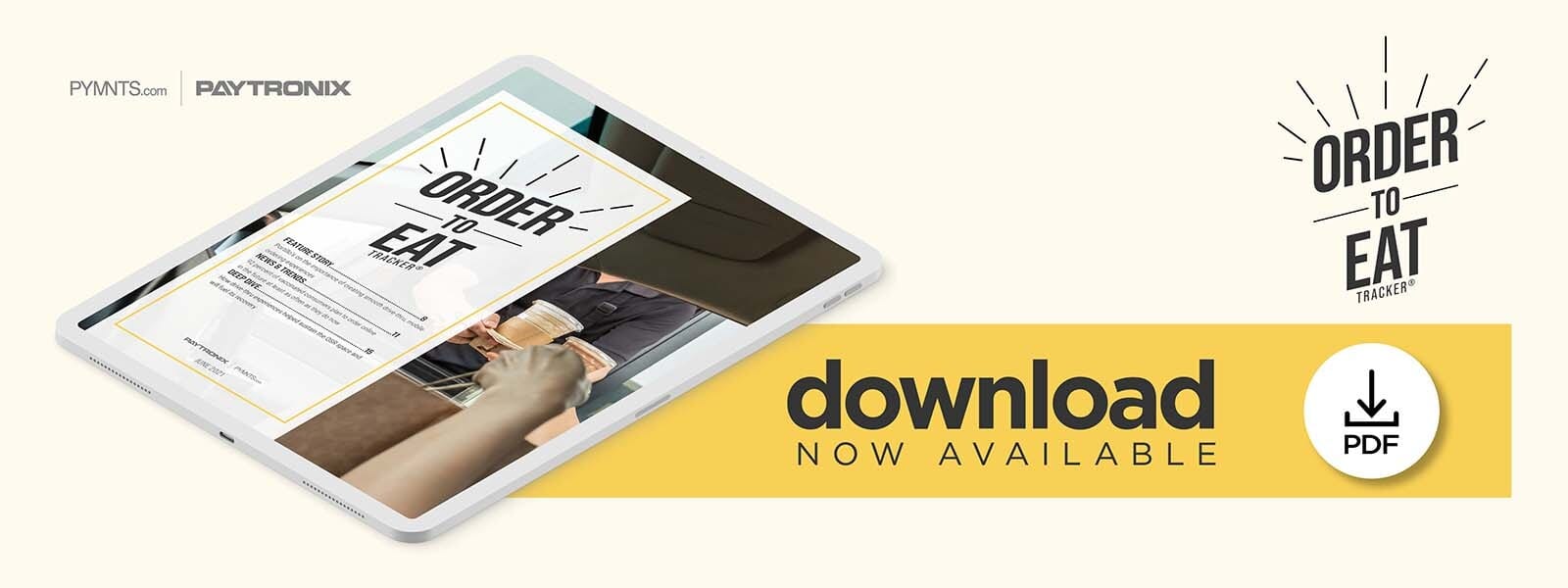Portillo’s On The Importance Of Creating Smooth Drive-Thru, Mobile Ordering Experiences

Americans have long been fans of remote food ordering and pickup options, with the most recent data revealing that they spend an average of $1,200 annually on drive-thru purchases.
These and other ordering innovations have taken on new significance for quick-service-restaurants (QSRs) over the past year, however, with drive-thru and mobile ordering channels becoming must-haves as dining rooms closed or had their capacity limits trimmed.
Some restaurants were ahead of the trend in catering to consumers’ increased demands for drive-thru experiences, including Portillo’s. Dick Portillo originally launched the QSR in 1963 as The Dog House, a small hot dog stand in suburban Chicago. He changed its name to Portillo’s several years later, added more locations and made drive-thru the chain’s centerpiece. The restaurant serves Chicago-style hot dogs and Italian beef sandwiches at 65 locations across eight states.
John Isbell, Portillo’s vice president of Learning and Development, said the QSR’s locations have had multiple drive-thru lanes since the late 1960s. The feature has given it a leg up on other chains that only recently added drive-thru or expanded the number of lanes they offer.
“We were lucky enough to already have … really robust multilane drive-thrus,” Isbell told PYMNTS. “We’ve always had lines going through our drive-thru at all times, and we’ve always had multiple lanes where our parking lots will allow. Our new locations will have three lanes.”
Portillo’s has always featured order takers and food runners who bring food to customers in their vehicles, Isbell said, and it has worked with third-party delivery services in recent years. The chain still had to make one major change last spring that required an immediate pivot, however.
“We didn’t have curbside pickup when the pandemic started,” he explained. “My boss came and said, ‘I need curbside, and I really would like to start tomorrow.’ We turned around a model in 24 hours that allowed a curbside system. We didn’t get much sleep that night.”
Isbell said that drive-thru sales have been especially healthy since last April, and they have played a crucial role in helping Portillo’s and QSRs like it weather the turmoil of the last year. They cannot make up for losses in the chain’s dining rooms due to health restrictions and other safety-related measures despite this, he noted.
“If you actually look at the numbers in the Chicago area, we were No. 1 in sales for a QSR through the entire pandemic,” Isbell said. “Obviously, drive-thru made up for a lot of the losses, but you’re not going to make up for all of the losses.”
Obtaining and analyzing detailed data can be key to helping QSRs make sure their drive-thru operations are up to snuff. Isbell said that Portillo’s is constantly mining data from its mobile point-of-sale (POS) system, which it can use to determine whether restaurants are making any traffic flow-related mistakes at the drive-thru and whether any of the lanes need to be reconfigured.
“We can look at how fast are things being made, how quickly customers are getting through the drive-thru and anything we are not doing right so we can correct them,” he said. “That data makes sure we’re delivering the best possible experience for customers.”
Upgrading The Mobile Experience
QSRs nationwide are also investing in their mobile ordering options to meet customers’ new needs, and these innovations can be harnessed to enhance the drive-thru experience. Portillo’s, for example, has added geofencing, which allows customers who order from their phones to determine where restaurants are, which location is closest, and which can deliver or prepare an order the fastest.
Customers who order using Portillo’s mobile app can even avoid drive-thru lanes, which the chain typically reserves for diners who have not ordered ahead. Those who do enter drive-thru lanes can expect to spend six to eight minutes waiting while their orders are made from scratch.
“Since we’ve added curbside, there’s really no reason to go through the drive-thru unless you want to because our lines are very long,” Isbell said. “Order from our app and [employees can] bring the food right out to you, or have it delivered.”
Isbell said that all Portillo’s locations, with the exception of those in Michigan, are now open for dine-in service and operating at 50 percent or greater capacity. But industry experts say that QSRs should continue to focus their efforts on drive-thru ordering, order-ahead service and delivery. Innovations that can ease or enhance these processes will be key to helping restaurants keep customers satisfied in the years ahead, even as their physical operations slowly get back up to speed.




